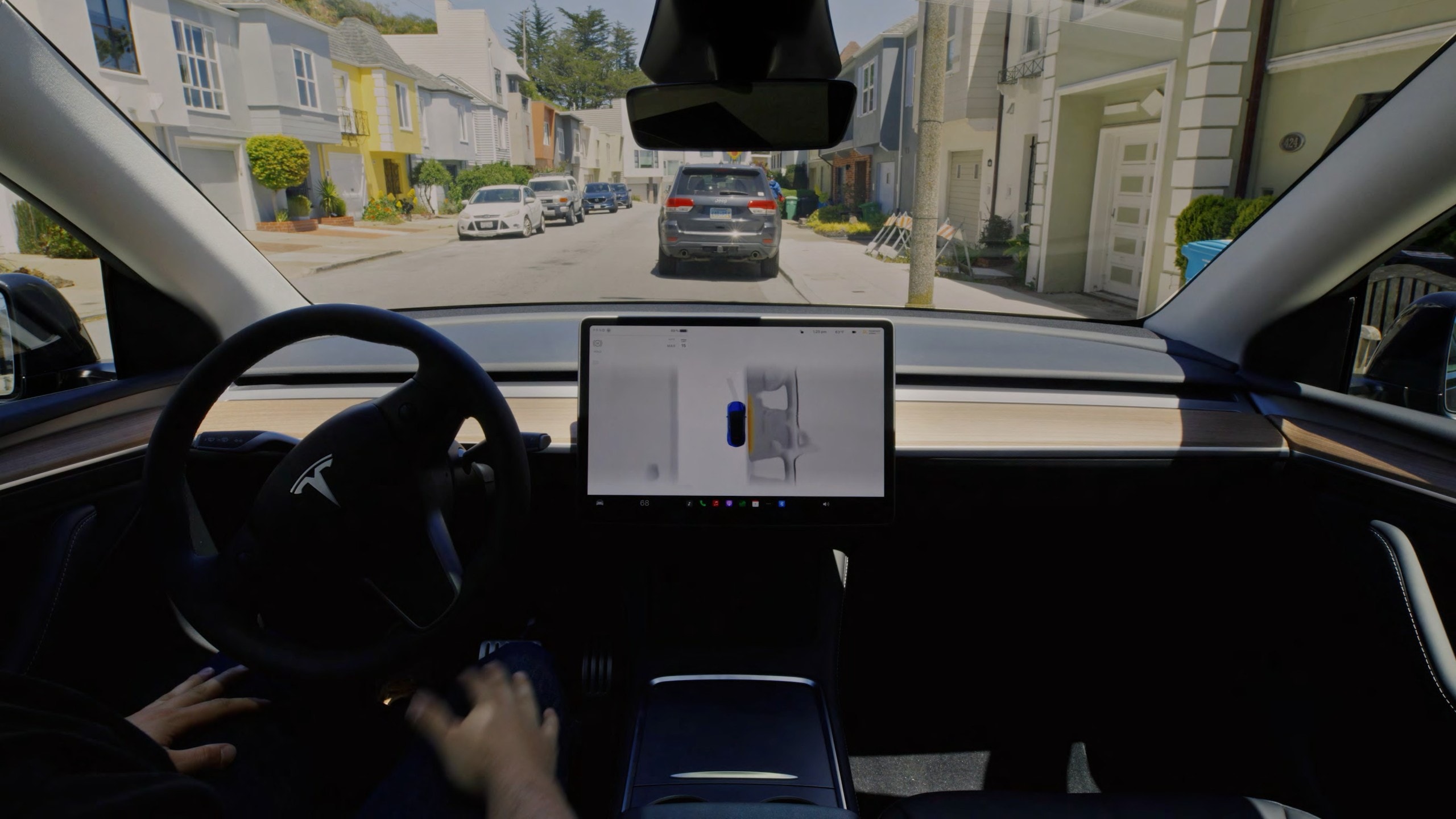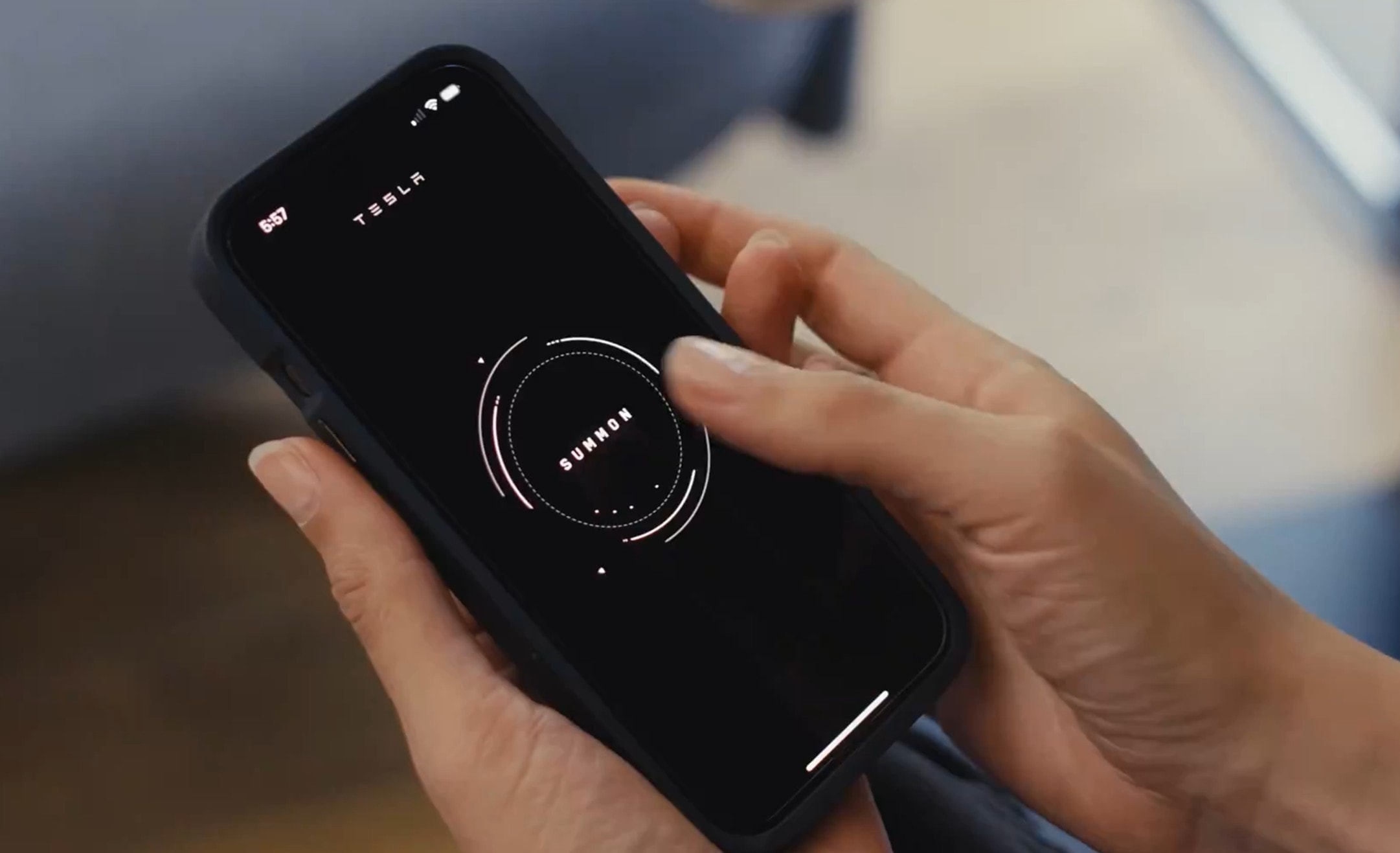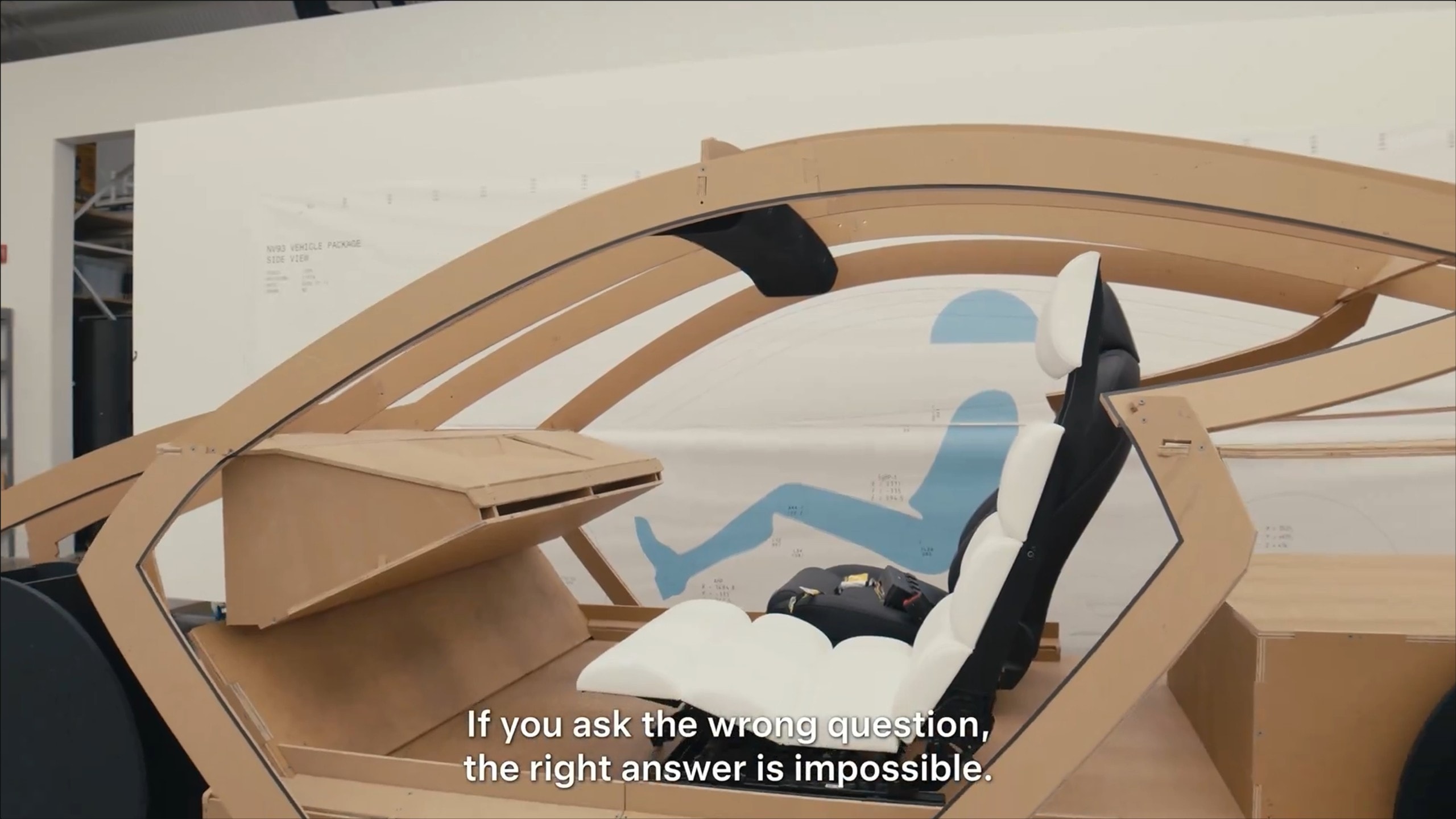Tesla’s upcoming robotaxi reveal has ignited a heated debate about the definition of autonomous driving. While Tesla fans tout their Full Self Driving (FSD) software as a breakthrough, critics argue that it falls short of true autonomy. The debate revolves around the role of the human driver in FSD, with Tesla insisting that it is merely a supervisory role and critics countering that it is essential for ensuring safe operation.
Tesla’s FSD has accumulated over a billion miles of driving experience, a feat unmatched by other autonomous vehicle companies. This experience has enabled Tesla to refine its FSD software, making it more capable and reliable. However, despite these advancements, FSD still requires human intervention to handle complex driving scenarios.

Critics argue that FSD’s reliance on human intervention undermines its claim to autonomy. They point out that human drivers must be constantly alert and ready to take over control of the vehicle, even in seemingly simple driving situations. This, they contend, is not the definition of autonomous driving.
Tesla, on the other hand, maintains that FSD is a significant step towards autonomous driving. They argue that the human driver’s role is primarily to supervise the FSD system and intervene only when necessary. This, they believe, is a more practical approach to autonomous driving, as it allows for a gradual transition to fully autonomous vehicles.
Ultimately, the debate over Tesla’s FSD highlights the complexity of defining and achieving true autonomous driving. While FSD represents a significant advancement in the field, it is clear that there is still much work to be done before autonomous vehicles can truly be considered safe and reliable. Tesla’s Full Self-Driving (FSD) system, while impressive in many ways, remains far from achieving true human-level autonomy.
Although it can go around roads and perform tasks like lane changes and turns without driver input, it’s prone to errors and safety-related issues. Recent data shows that FSD still requires frequent interventions, even in relatively short distances. While Tesla has made significant strides in FSD development, the current state of the technology suggests that a fully autonomous robotaxi service is unlikely to become a reality anytime soon.
Despite the company’s ambitious goals, achieving a level of reliability and safety comparable to human drivers remains a significant challenge. The race for autonomous driving is heating up, with companies like Cruise, Waymo, and Tesla vying for dominance. While Tesla has been making strides with its FSD software, Cruise and Waymo have already deployed driverless cars in several cities.
These companies have taken a different approach, utilizing a combination of cameras, radars, and lidars to ensure redundancy and safety. However, this has led to higher costs, making it challenging to scale their robotaxi fleets. Uber, once involved in its robotaxi project, has partnered with Cruise to leverage their technology. Despite the recent deadly crash, Uber and Cruise see this partnership as a win-win, with Uber’s vast customer base and Cruise’s autonomous vehicles.
However, the high costs of robotaxis and Uber’s business model raise questions about the long term viability of this collaboration. Waymo, backed by Alphabet, has made significant progress in autonomous driving. Operating in multiple cities and offering over 100,000 weekly paid rides, Waymo has demonstrated its ability to scale rapidly. The company has also achieved lower costs than Uber, making it a more attractive option for riders.
Additionally, Waymo’s commitment to transparency and safety has further solidified its position in the industry. One of the key challenges facing the autonomous driving industry is the high cost of developing and deploying these vehicles. The complex technology involved, including sensors, software, and hardware, requires significant investment.

Tesla’s upcoming robotaxi event on October 10 is set to reveal the company’s latest advancements in autonomous driving technology. The event, originally scheduled for August, has been delayed due to undisclosed reasons, but recent preparations suggest that Tesla has ambitious plans for the future. The choice of Warner Bros. Studios as the venue for the event is intriguing.
The studio’s sprawling grounds and diverse set pieces provide a controlled environment that closely resembles a suburban neighborhood, making it an ideal location to showcase the robotaxi’s capabilities in a realistic setting. Tesla’s decision to hold the event at such a prominent location suggests that they are confident in the technology and eager to make a significant statement.
While the primary focus of the event will undoubtedly be the robotaxi, Tesla has hinted at additional surprises. The company has been working on a variety of projects, including wireless charging and Optimus robots, and it is possible that we may see demonstrations of these technologies alongside the robotaxi.

